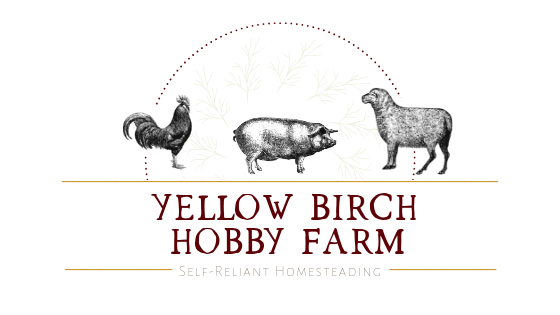A very generous friend of mine and her prolific plum tree finds me with the delightful task of seeking out new and interesting ways to use up this delicious fall fruit. And in both my search of a new recipe and my constant desire to reconnect with the ways of the past, I came upon what could possibly be my new favorite jam.
It is a traditional English recipe called “High Dumpsy Dearie”. Go ahead- say it in your best {or botched} British accent {if you haven’t already}. It makes use of three popular autumn fruits: apples, plums, and pears- all three of which I had on hand. I truly wasn’t in need of more jam this season, but I was curious about this oddly named concoction. Everywhere I looked, the recipe never changed. There were no alternate versions of it, which I found quite interesting. Typically, I don’t like to make changes to new recipes the first time around. But I did not have ginger root as the original recipe calls for. And although the ginger aspect of the jam is highly recommended, I went for some alternatives and it could not have turned out more to my liking. You are welcome to try it my way or stick to the original– either way, you will find that this jam embodies the true essence of this time of year: warmly spiced with all the sweetness of summer’s memory.
High Dumpsy Dearie Jam
– (2) pounds peeled, cored, & diced apples {approx. 11 medium apples}
– (2) pounds peeled, cored, and diced pears {approx. 9 pears}
– (2) pounds plums, halved and pitted
*Be sure that you have 2 pounds of each prepared fruit- not whole.*
– fingertip pinch of each: ground ginger, ground nutmeg, ground cinnamon, ground cloves, ground allspice
– 9 cups granulated sugar, measured out into a large bowl
– 3 Tbs. lemon juice {or the juice of 1 lemon}
– 1/8 tsp. lemon extract {optional}
– 1/2 tsp. butter {for reducing foam in jam- optional}
Step 1:
Place prepared fruit and the spices into a double boiler over high heat until the water in the lower basin has begun to boil, at which point you can reduce heat to low. I highly recommend using a double boiler unless you wish to keep watch over the pot for the next hour, stirring frequently to prevent scalding. Don’t have a double boiler? Make one {see my applesauce post to learn how}. Slow cook the fruit until it has become very soft, typically 45 minutes- 1 hour. You can use a potato masher along the way to help aid in breaking the fruit down. Stir occasionally.
Step 2:
Remove the pot holding the fruit from the bottom pot and place it directly on the stove. Quickly add your sugar and stir until dissolved. Add lemon juice and extract. Stir in butter to reduce foam. Heat over high heat until boiling, and boil rapidly for approx. 15 minutes. At this point you can check to see if your jam is setting, as this is a no-pectin recipe. You can do this a couple of ways: (1) keep a small plate in the freezer. When it comes time to checking your jam, place a spoonful onto the plate. If it holds up and wrinkles slightly when nudged with your finger, it’s ready. If it’s runny, continue to heat and check every 2 minutes until set. (2) you can also put the plate back into the freezer for a couple of minutes to see if it gels. If you choose to test it this way, remove the pot from the heat while you wait. (3) use the sheeting test as shown below, according to the National Center for Home Food Preservation:
Once your jam has reached the gelling point, fill hot sterilized jars to within 1/4 inch headspace. Wipe rim & threads clean, secure lid & band, and process in a boiling water canner for 10 minutes. Makes 8 pints or 16 half-pints {enough to share!}.
Pairs beautifully with homemade bread, muffins, and scones.Like this recipe? Check out my Canning 101 Directory for many more favorite canning posts!Shared at:















